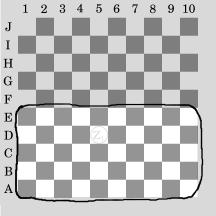
Player 1's board with
player 1's territory
highlighted.

Player 2's board with
player 2's territory
highlighted.
(c) Copyright Stephen M. Cameron, 2004.
The Rules of the Game
Summary of the game
This game is a two player strategy game. The game takes place in on a 10x10 grid of squares representing 100 cubic lightyears of outer space. At the beginning of the game each player owns half of the grid, and arranges his own pieces in his territory. The object of the game is to explore your opponent's territory and destroy his home planet before he destroys your home planet.
Each player has a board, composed of a 10 by 10 grid of squares which he uses to record his knowledge of the space in which the game occurs. Along the top, the squares are numbered 1 - 10, from left to right, on each board. One player's board has the letters A - J along the left side from top to bottom. The other player's board has A - J along the left side from bottom to top.
Each player is assigned half the board as his territory. One player get's squares A through E. This player uses the board with A at the bottom. The other player is assigned squares F through J. This player uses the board with J at the bottom. There is a screen between the boards to prevent each player from seeing the other player's board.
Player 1's board with |
Player 2's board with |
Setup
Each player has 2 sets of pieces. The light set represents his own pieces, the dark set represents his opponent's pieces.
Each player secretly places his own light pieces in his half his board. The pieces are as follows, listed from strongest to weakest: 7 immobile astoriods, 1 W fighter which move similarly to chess knights, 1 B fighter which move like chess queens, 2 X fighters which move like chess rooks, 2 Y fighters which move like chess bishops, 4 Z fighters which move like chess queens, and 1 Home planet which is immobile. In a collision, the stronger piece kills the weaker piece. An exception to this rule is asteroids, which destroy everything, and are themselves destroyed by everything. (Think of them as mines.) If two pieces of the same type (e.g. two Z fighters) collide, both pieces are destroyed.
The pieces move as follows:

7 immobile
Asteroids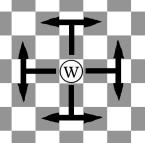
1 W fighter
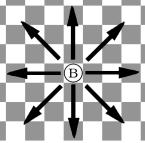
1 B fighter
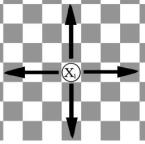
2 X fighters
2 Y fighters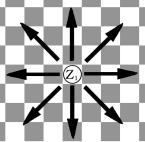
4 Z fighters
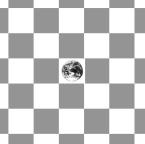
1 immobile
Home Planet
The home planet and asteroids must be placed on squares by themselves. Other pieces may occupy the same squares as one's other pieces, or traverse across them. No piece may traverse across a square occupied by one's own asteroids or home planet. (Technically you are permitted to ram your own asteroid, but you will lose both the ship and the asteroid.)
Once each player has secretly placed his own light pieces on his own half of his board, and does not have any information about where his opponent's pieces are placed, game play may begin.
Game play
One player is chosen to go first. Each player takes turns moving pieces. On each move, the following sequence of events happens:
In the event that an attempt is made to move a piece, and it turns out the piece was destroyed in the previous move, this attempt counts as a move, and it becomes the other player's turn.
When one player's home planet it destroyed, the game is over and the player whose home planet remains is the winner.
A draw may result if neither player can reach the square on which the other's home planet resides. This may happen for example if a each player has only a Y figher remaining. Y fighters, which travel diagonally, always remain on the same color squares. If they are on the light squares, they are stuck on the light squares and cannot reach dark squares. If the Home Planet is on a dark square, then the Y fighter cannot reach it.
Strategy Tips
Clarification of Collision Resolution
Collision resolution in this game is very different from other games, so some clarification in the way of an example may be needed. Collision resolution can occasionally be complicated though usually it isn't. Let's consider a three way collision between an X fighter, a Y fighter, and a Z fighter. Remember that in a collision, the stronger ship always destroys the weaker (excepting asteroids as noted above). X is stronger than Y, and Y is stronger than Z. Here's the situation: (It may help to set up both boards and play along to understand this.)
So what happens in this situation? Do the rules say that the Y fighter was destroyed before it intercepted the Z fighter, and so therefore the Z fighter was not destroyod? No. That would not be consistent, because by that logic, the Z fighter should live in any case as it was sitting at A1 before the Y fighter moved to B1. The rules say that both the Z fighter and the Y fighter are destroyed. This is the feature which makes the game interesting.
Update Feb 11 2004 After getting some comments, one potential problem with the rules has come to my attention. Occasionally, it's possible that one player will just "luck out" and stumble onto the other player's home planet, ending the game in a very sudden and jarring way. One way to fix this would be to for each player to have 3 home planets (bases?) instead of just one. Then there would be a kind of countdown as each planet was eliminated and the game ending would not seem so sudden. I haven't played the game much this way though. If you have comments or questions about this game, feel free to email me.
You can reach me at: 
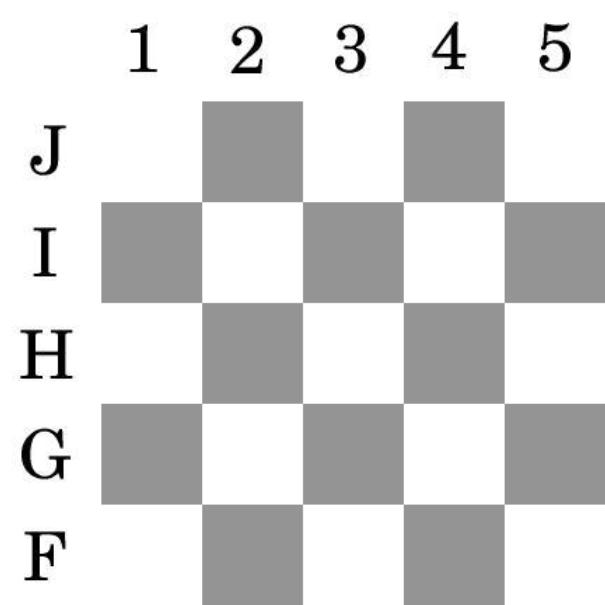
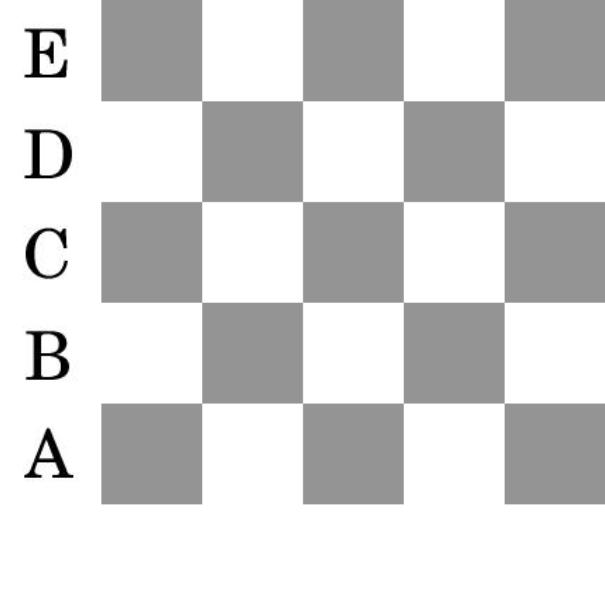
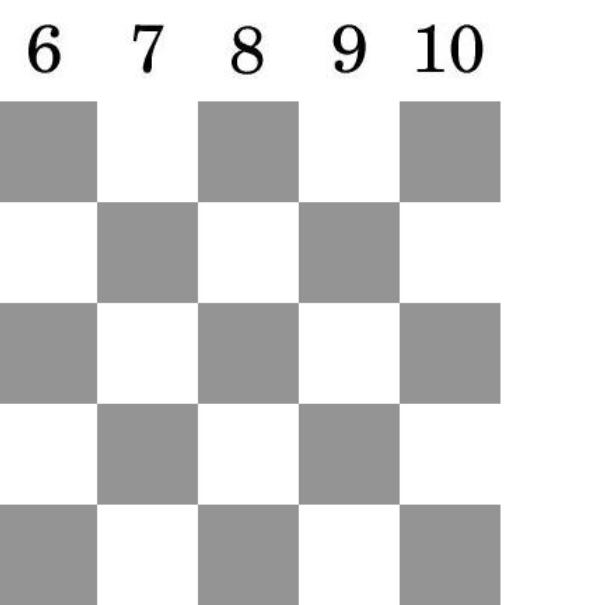
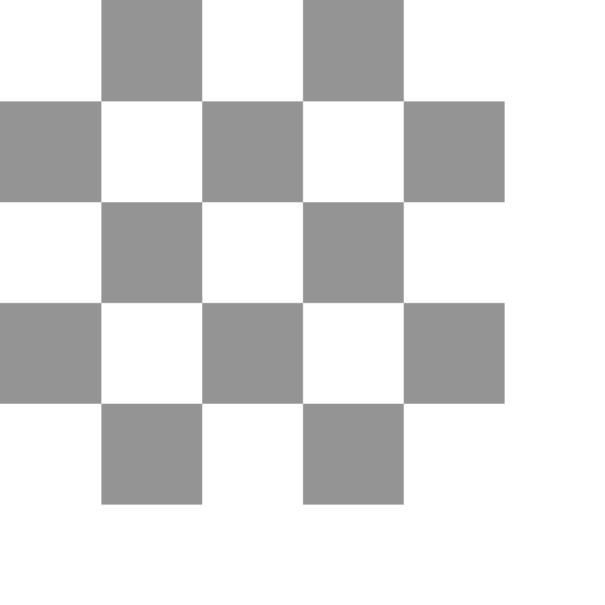
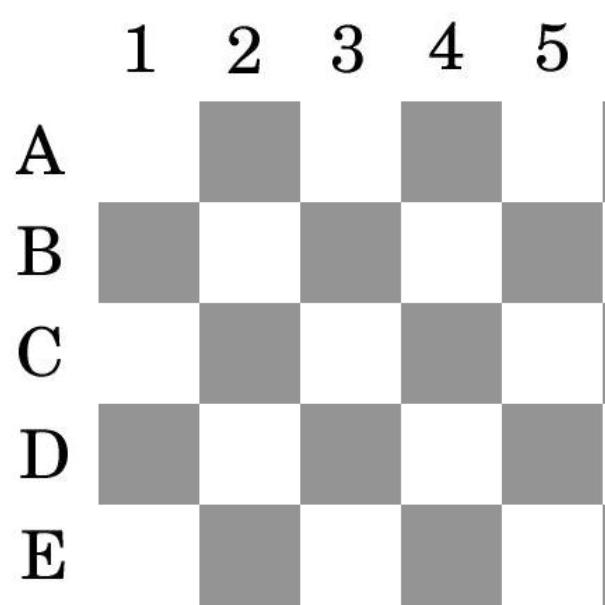
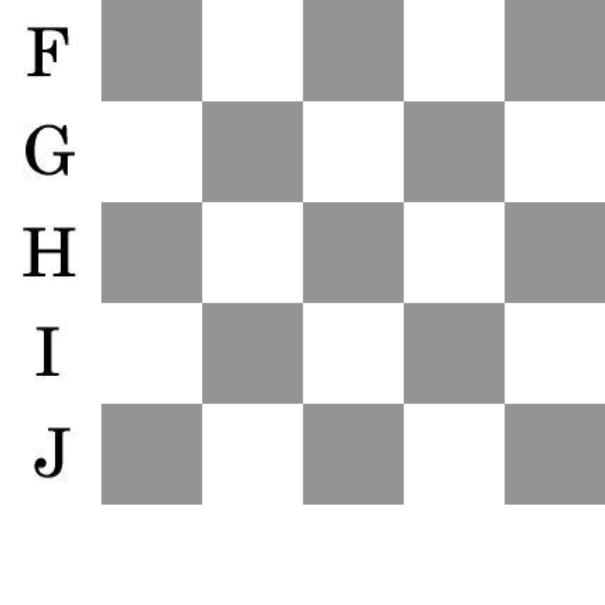


 |
 |
 |
 |
 |
 |
 |
 |
 |
 |
 |
 |
 |
 |
 |
 |
 |
 |
 |
 |
 |
 |
 |
 |
 |
 |
 |
 |
 |
 |
 |
 |
 |
 |
 |
 |
 |
 |
 |
 |
 |
 |
 |
 |
 |
 |
 |
 |
 |
 |
 |
 |
 |
 |
 |
 |
 |
 |
 |
 |
 |
 |
 |
 |
 |
 |
 |
 |
 |
 |